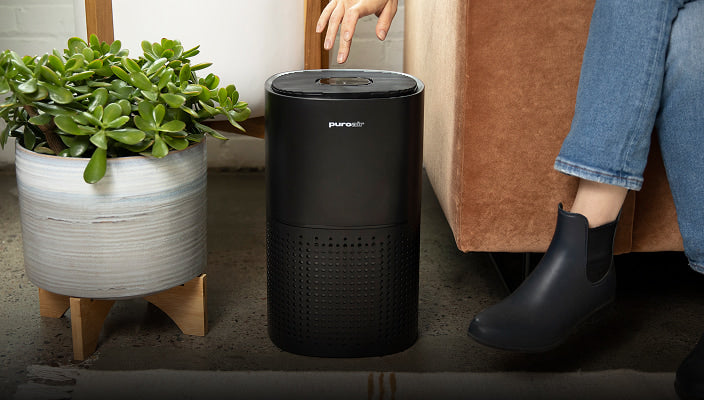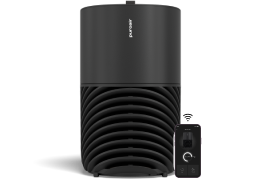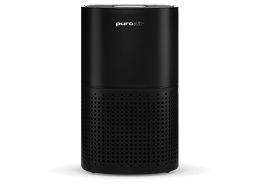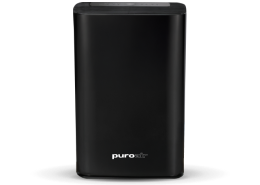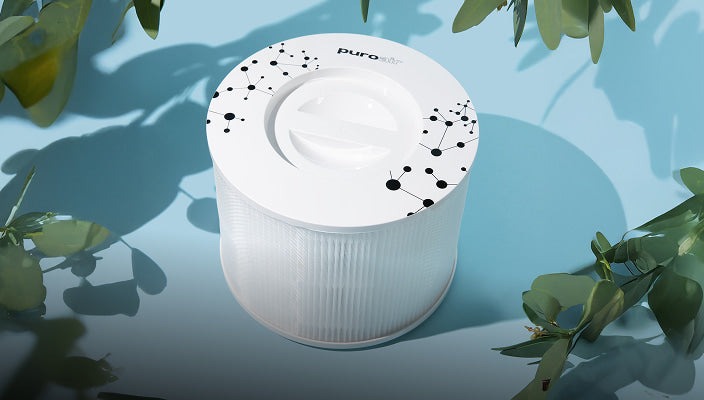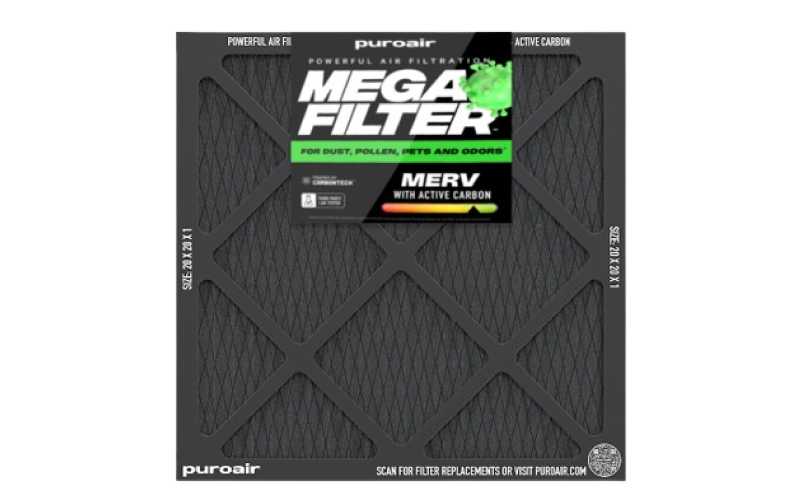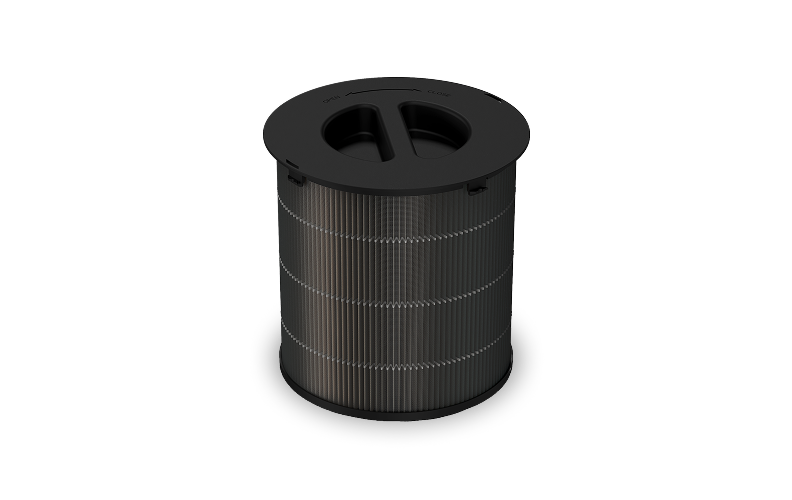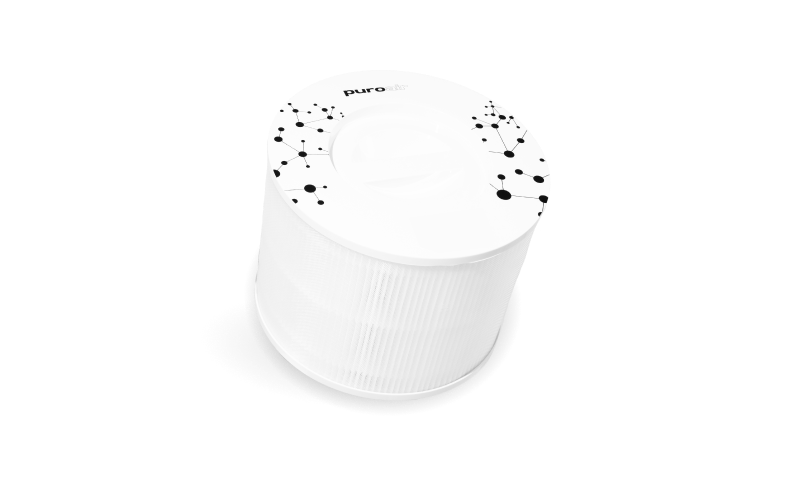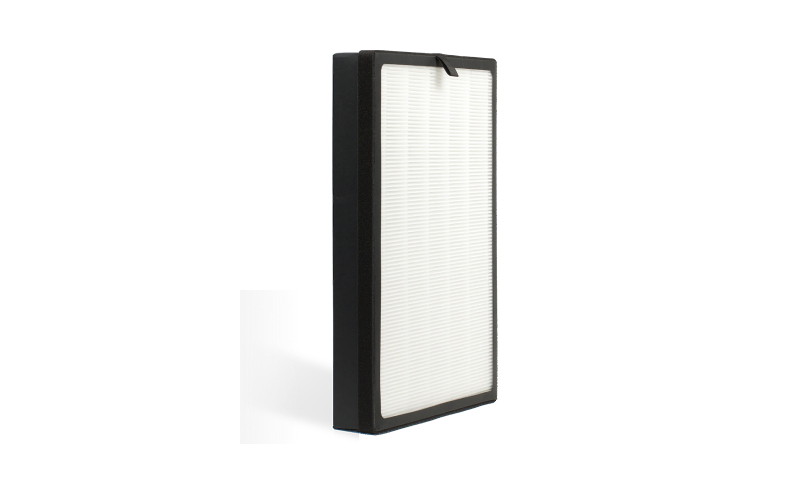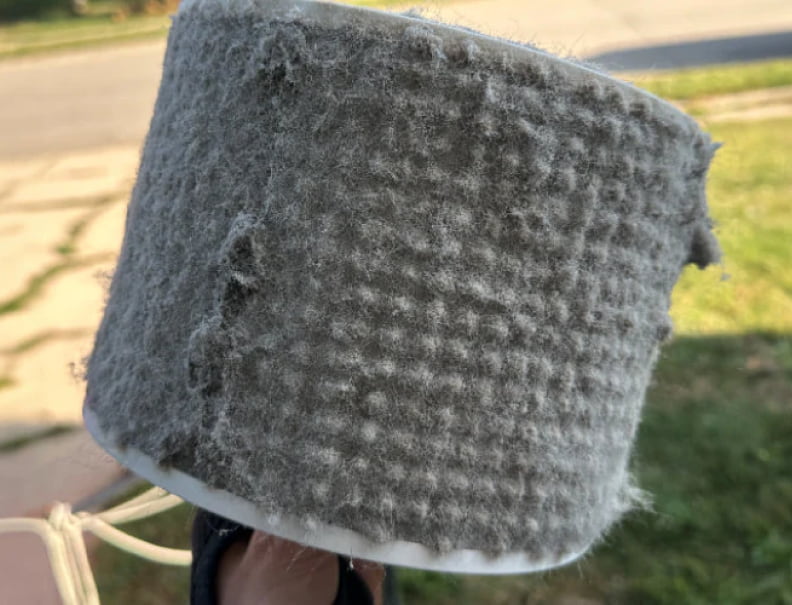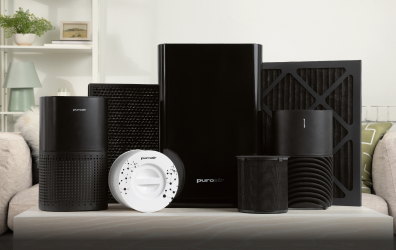We often think that pollution and poor air quality impact lung and heart health the most. While pollution may impact these organs most directly, there is new evidence that poor air quality and high pollution levels may have a serious impact on brain health as well. In a recent study published by The Lancet, higher levels of PM2.5 were linked to higher rates of dementia.
The study was conducted by researchers at Cambridge University. Researchers analyzed 26 million people across 51 existing studies and came to the conclusion that PM2.5, Nitrous Oxide (NO2), and black soot all increased rates of dementia.
PM2.5
PM2.5 refers to particulate matter smaller than 2.5 microns in diameter. To put that in perspective, a piece of human hair is about 30 times the width of a PM2.5 particle. It is invisible to the naked eye, but it is also dangerous to inhale. Because the particles are so small, once they enter the lungs, they can enter into the bloodstream, travel to other organs, and even cross the blood-brain barrier. In turn, this can lead to inflammation in the brain and reduced brain function which researchers are saying points to increased dementia rates. The study found that for every 5 μg/m³ increase in fine particulate matter (PM2.5), the risk of developing dementia increased by 8%. Unfortunately, many urban areas regularly exceed healthy PM2.5 levels by this amount or more.
There are two ways that someone can develop dementia. The first is due to old age and is part of the brain’s natural aging process. The second is due to blockages of the small veins and capillaries in the brain which can be a direct result of PM2.5 inhalation.
Researchers also commented that PM2.5 is especially harmful to vulnerable populations like young children whose brains are still rapidly developing. There is still more research to be done, but evidence suggests that this inflammation in the brain in young children could have a link to increased rates of autism, anxiety, and depression.
Black Carbon
Black carbon is not as heavily researched as PM2.5, but it still had connections to dementia and poor brain health outcomes according to the study. Black carbon is a byproduct of combustion and is the black soot that is left behind. Black carbon’s primary sources include car exhaust, diesel engines, and power plants. Black carbon can be even smaller than PM2.5 and can get embedded in organs if inhaled. The study showed that every 1 μg/m³ increase in black carbon or PM2.5 absorbance (primarily from combustion sources like diesel exhaust) increased dementia risk by 13%.
Nitrogen Dioxide
Nitrogen dioxide (NO2) is released in combustion and when paired with heat and sunlight, it turns into ozone. Although research found that ozone did not have a direct link to dementia rates, NO2 did. Even a 10 μg/m³ increase in nitrogen dioxide (NO2) exposure raised dementia risk by 3%.
What This Means for Your Home's Air Quality
While these findings about outdoor air pollution are concerning, they also highlight just how critical indoor air quality becomes. According to the EPA, the average person spends 90% of their time indoors, making your home environment a crucial line of defense against air pollution exposure.
The pollutants identified in this study, PM2.5, nitrogen dioxide, and black carbon, don't stop at your front door. They infiltrate homes through windows, doors, and ventilation systems. Depending on where you live, vehicle emissions, industrial pollution, and even indoor sources like cooking and cleaning can contribute to these harmful exposures right in your living space.
The Role of Advanced Air Purification
This research makes a compelling case for why high-quality air purification isn't just about comfort. It's about protecting your long-term cognitive health. The specific pollutants identified in the study are exactly what HEPA filtration systems are designed to filter.
PuroAir's advanced HEPA filters can filter up to 99.9% of particles down to 0.1 microns, which includes the PM2.5 particles and black carbon identified as dementia risk factors in this research. By creating a clean-air environment in your home, you're not just improving your immediate breathing comfort—you're potentially protecting your brain health for decades to come.
Taking Action: What You Can Do Today
The research findings might seem overwhelming, but they actually provide a clear roadmap for protection. While we can't control outdoor air quality individually, we can take significant steps to reduce our exposure and protect our cognitive health.
1. Monitor Your Local Air Quality
Start paying attention to your local Air Quality Index (AQI) and PM2.5 levels. Many weather apps now include this information, and the EPA's AirNow website provides real-time data for your area. On high-pollution days, limit outdoor activities and keep windows closed.
2. Invest in Proven Protection
The research underscores that air purification is a health necessity. Look for systems, like the 130i Smart Air Purifier, that specifically target the pollutants identified in this study. HEPA filtration is essential for capturing PM2.5 and black carbon particles, while activated carbon components can help address gasses like nitrogen dioxide.
3. Address Indoor Pollution Sources
Beyond outdoor pollution, be mindful of indoor sources that contribute to the problem. Use range hoods when cooking, ensure proper ventilation when cleaning with chemical products, and consider the impact of candles and wood-burning fireplaces on your indoor air quality.
The Bigger Picture: A Public Health Crisis
The researchers emphasized that their findings support the need for stricter air quality standards and policies that reduce exposure to harmful pollutants. However, policy changes take time, and the brain damage from air pollution can accumulate over time with repeated exposure.
This creates an urgency around individual protection measures. Every day of exposure to elevated levels of PM2.5, nitrogen dioxide, and black carbon potentially contributes to long-term cognitive risk. The good news is that we now have clear evidence about which pollutants pose the greatest threat and proven technologies to address them.
Your Brain Health Deserves Protection
This Lancet study provides strong evidence that the air we breathe directly affects our brain health, potentially determining whether we maintain sharp cognition as we age.
While we await broader policy changes and improvements in outdoor air quality, the power to protect your cognitive health lies in the choices you make about your indoor environment. Air purification technology offers a practical, immediate way to reduce exposure to the specific pollutants identified as dementia risk factors. Shop PuroAir’s line of air purifiers and HVAC filters here to get started on your journey to clean air.
Disclaimer: The information provided in this article, including references to scientific studies on dementia, is for educational purposes only. It is not intended to replace personalized medical advice, diagnosis, or treatment from a qualified healthcare professional. Always consult your physician or other licensed healthcare provider with any questions you may have regarding your health or a medical condition.

